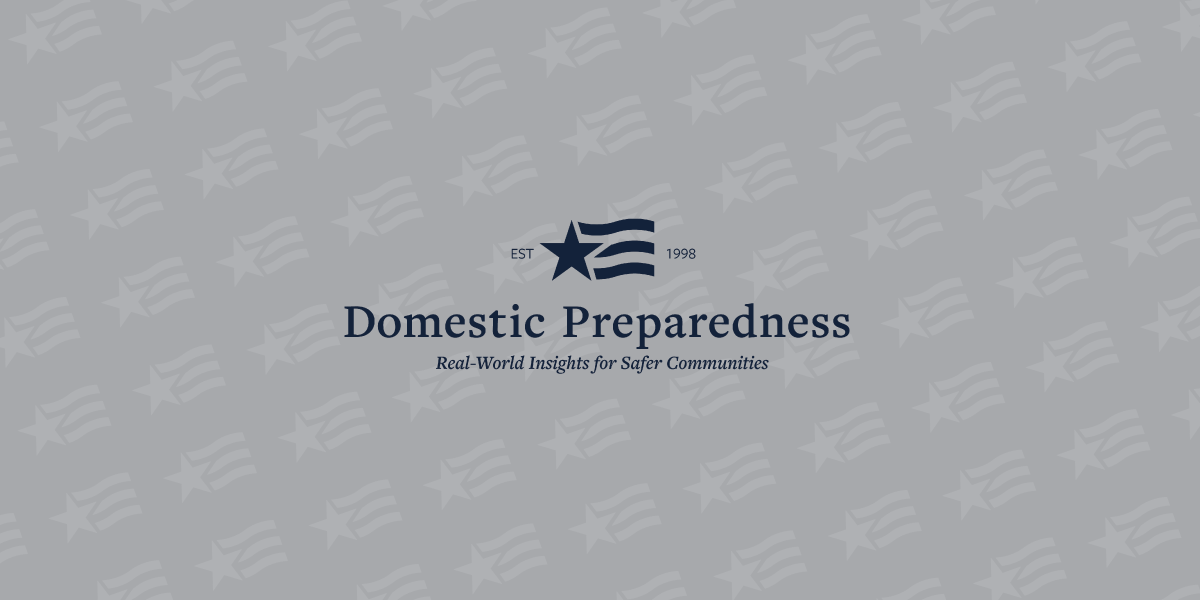When C.J. Huff, EdD, took office as superintendent of schools in Joplin, Missouri, his primary mission was to reduce high-school dropout rates. To achieve that goal, he talked with administrators, developed relationships, and reached out to the community. Unbeknownst to Huff at that time, he was doing more than just helping kids stay in school; he also was helping to lay the foundation for building a more resilient community.
On 22 May 2011 – the day of its graduation ceremony – Joplin High School and the surrounding area were hit by a devastating EF-5 tornado. Much of the town was totally destroyed, and half of the district’s students were displaced. However, the next day, parents, students, and other residents left behind the remains of their homes and rallied behind Huff. School buses became ambulances, and the schools still intact became temporary shelters.
In the early hours of 24 May 2011, in the counselor’s office of a middle school that had been converted into an emergency command center, Huff was wide awake. He knew that his primary responsibility was to take care of the children of Joplin and, for that reason, he spent the night mapping a path forward. The next morning, he met with his administrative team, and set the proper tone for Joplin’s recovery: “School starts in 84 days. Let’s get to work.” That fall, as promised, the students did go back to school as scheduled, and its football team also took the field. Life went on.
Huff had helped his community carry on in the face of a catastrophic and life-altering event. By fighting to curb the schools’ dropout rates, he also had helped to create a powerful community network. By forging close working relationships out of ordinary circumstances, he had gathered – and, in effect, helped to train – a circle of people with whom he shared a high level of mutual trust. He also gave Joplin what no outside leader could: resilience.
A New Kind of Response
Today, natural disasters (Superstorm Sandy is just the latest example) continue to impact communities around the world in unpredictable ways. For that reason, coordinated responses to the numerous complex problems that follow are critical. The responsibility of providing disaster relief often falls on individual states. Unfortunately, during widespread disasters, the rules governing the responsibilities of local, state, and federal agencies can become blurred and lead to confusion and gridlock.
The stakes are even higher now than probably at any other time. News events such as the Joplin tornadoes or, more recently, the Sandy Hook Elementary School shootings, command massive public, media, and political attention and participation. Such exposure, however, presents both challenges and constraints. When executed according to plan, communications may be reasonably effective among and between officials, responders, and volunteers. But responses to complex problems are often scrutinized, commented upon, and criticized as events continue to unfold in real time – and often before relevant and important information is fully understood or shared through official channels.
Think Locally, Act Horizontally
After assessing the damages, grieving for what has been lost, and picking up the pieces, communities can begin to rebuild and return to normal. Federal and regional networks can provide crucial aid, but only the communities directly impacted know what “normal” means to them. Therefore, the best path to full recovery should begin locally. If and when it does, new leaders will emerge – many of them from unlikely places.
Nonetheless, no one group – volunteer organizations, human services associations, or even local governments – possesses all of the knowledge, jurisdictional capabilities, or material resources needed to act unitarily. These groups must therefore collaborate horizontally, pooling their resources and expertise, to lead response operations that are more powerful and meaningful than could be achieved by any one group working alone.
The ability to collaborate is a defining factor of resilience – an abstract and still not fully understood term. A community, like a human body’s immune system, may harbor certain preconditions – for example, a high population density, a large aging population, or homes clustered near bodies of water – that determine and sometimes limit the possibilities of what can and should be done in times of sudden disaster. Although some factors cannot be controlled and not every adverse eventuality can be avoided, at least some barriers can be put in place to minimize the impact of disasters when they do occur by anticipating, preparing for, and bouncing back from such events.
Expectations & Challenges; Prerequisites and Residual Benefits
A resilient community, like a strong immune system, demands certain expectations. At the individual level, social capital is important. Huff intuitively understood this. Working horizontally across the town’s schools, government, nonprofit organizations, and faith community, he had built a strong, effective, and durable network and, in doing so, had earned social currency that proved invaluable at a time when Joplin needed it most. As a school superintendent, he emerged as an unexpected leader of a unified resilience effort.
Resilience is significantly enhanced, of course, when the whole government and whole community work together toward common goals. Unfortunately, though, it can be a major challenge to: (a) carefully coordinate with a broad spectrum of groups that often have opposing objectives; (b) develop a common vocabulary; and (c) jointly understand the diverse factors involved in a specific emergency situation. Meeting these challenges will help make the response efforts targeted, flexible, and scalable. In addition, the benefit of working together during one event is that an improved capacity is left behind, thus making recovery more manageable the next time disaster strikes.
Community efforts like those exhibited in Joplin demonstrate how resilient networks are already being successfully built at the sub-state level – resulting not from official mandate but, rather, emerging seemingly on their own. Rather than relying on federal work crews and outside organizers, communities are becoming more able to organize themselves and to build networks of local outreach groups.
To respond to today’s challenges, government agencies should serve as conveners and advocators of action, a hub through which countless local efforts may flow. Recognizing that the most robust responses can at times come from unlikely places, government leaders should focus on fostering inclusiveness and empowering local leaders – those who are best positioned to bring about true, longer lasting, and more effective change.
The preceding article is based on presentations given by Admiral Thad Allen (USCG, Ret.) and Marko Bourne on 13 November 2012 at The National Press Club in Washington, D.C., as part of a DomPrep Executive Briefing.

Marko Bourne
Marko Bourne is a principal at Booz Allen Hamilton and a DomPrep40 advisor. He is leader of both the company’s FEMA market team and its Emergency Management and Response practice, and has more than 27 years of experience in: emergency services; emergency management; policy, governmental, and legislative affairs; and public affairs. Before joining Booz Allen Hamilton he was FEMA’s director of policy and program analysis (2006-2009) – and, earlier, director of business development for homeland security (2004-2006) at Earth Tech Inc./Tyco International. He also served as acting director of the DHS National Incident Management System Integration Center and as deputy director of FEMA’s Preparedness Division (2003-2004).
- Marko Bournehttps://domprep.com/author/marko-bourne
- Marko Bournehttps://domprep.com/author/marko-bourne
- Marko Bournehttps://domprep.com/author/marko-bourne
- Marko Bournehttps://domprep.com/author/marko-bourne






